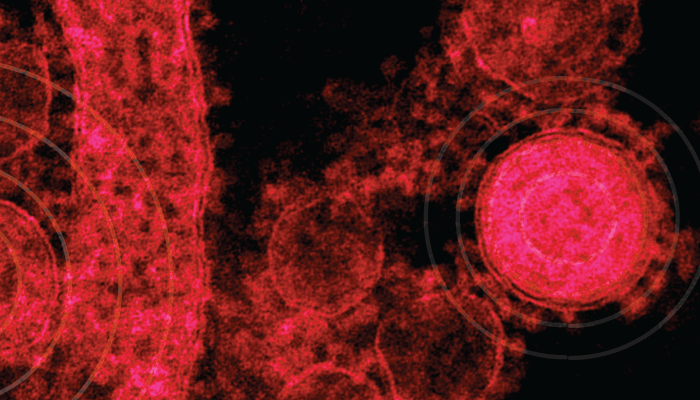
Merlin Breuning (Notre Dame) and Jacqueline Linnes (Purdue) are working with their teams to develop methods for rapidly quantifying the COVID-19 immune response using novel lateral flow assay devices. The proposed devices will give high sensitivity and semiquantitative measurement of antibody levels. Why? To give inexpensive, point-of-care tests that make use of innovative membrane immobilization technology and thin-strip, microfluidic diagnostic devices.
The National Cancer Institute (NCI) is taking a three-pronged approach to supporting the fight against COVID-19: validation of serological tests, discovery of genetic elements of disease susceptibility, and screening of covalent inhibitors of SARS-CoV-2 proteinases (1). Their testing validation initiative – coordinated with the FDA, CDC and NIAID, as well as several academic centers – aims to supercharge serological testing, a crucial tool for identifying those who have been infected.
Researchers from Utrecht University, the Erasmus Medical Center, and Harbour BioMed have identified a human monoclonal antibody (47D11) capable of preventing SARS-CoV-2 infection of cultured cells (2). How? By targeting the S1B receptor-binding domain of the trimeric spike glycoproteins that mediate viral cell infiltration. The observation of cross-reactivity with SARS-CoV – a spike protein with 77.5 percent amino acid sequence similarity – indicates 47D11 targeting of a conserved domain, which may offer a route to treating COVID-19…
The team of David Clemmer and Martin Jarrold are employing charge-detection MS (CDMS) and ion-mobility MS (IMS) to explore the structure of developmental COVID-19 vaccines and therapies. It is hoped that these tools will allow direct-mass measurement of inactivated viruses, as well as “dummy” virus particles, bioconjugates containing immunogens, antibody-antigen complexes, and other targets. CDMS in particular should allow researchers across academia, industry and government to rapidly address challenging measurement issues encountered in the race to produce a vaccine.
References
- National Cancer Institute (2020). Available at: https://bit.ly/35TPLFb
- C Wang et al., Nat Commun, 11, 2251 (2020). DOI: 10.1038/s41467-020-16256-y




